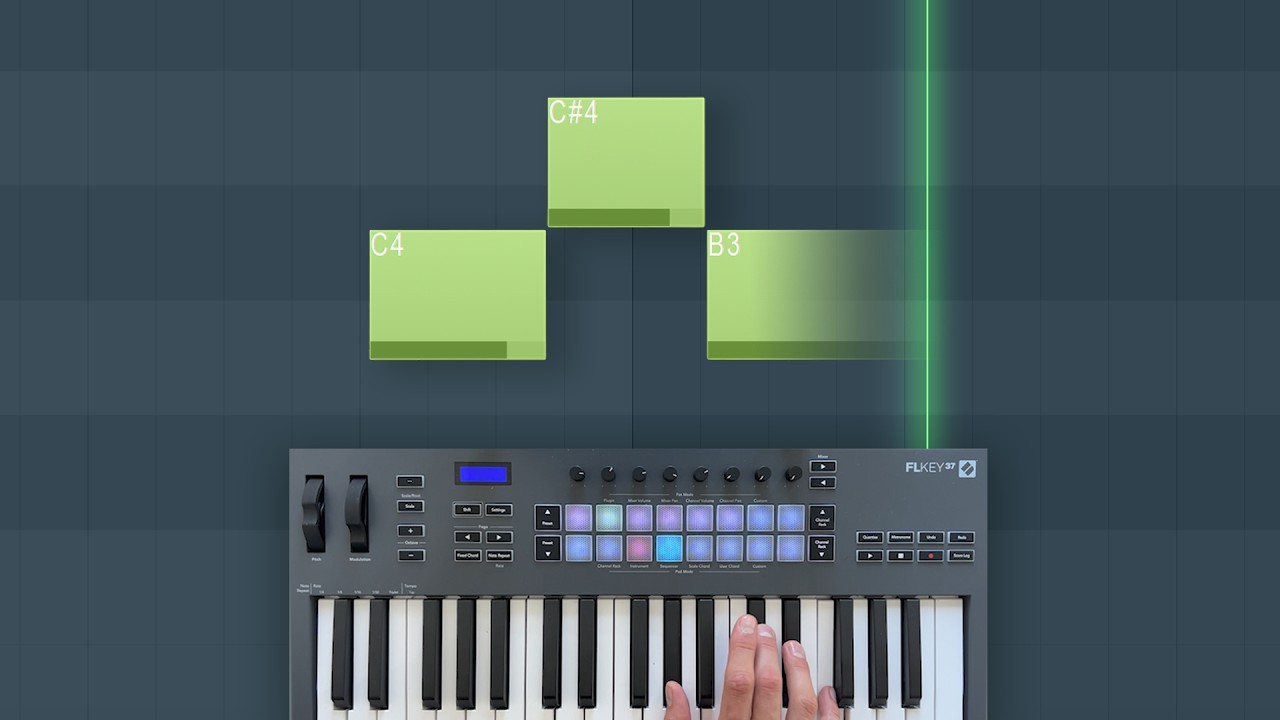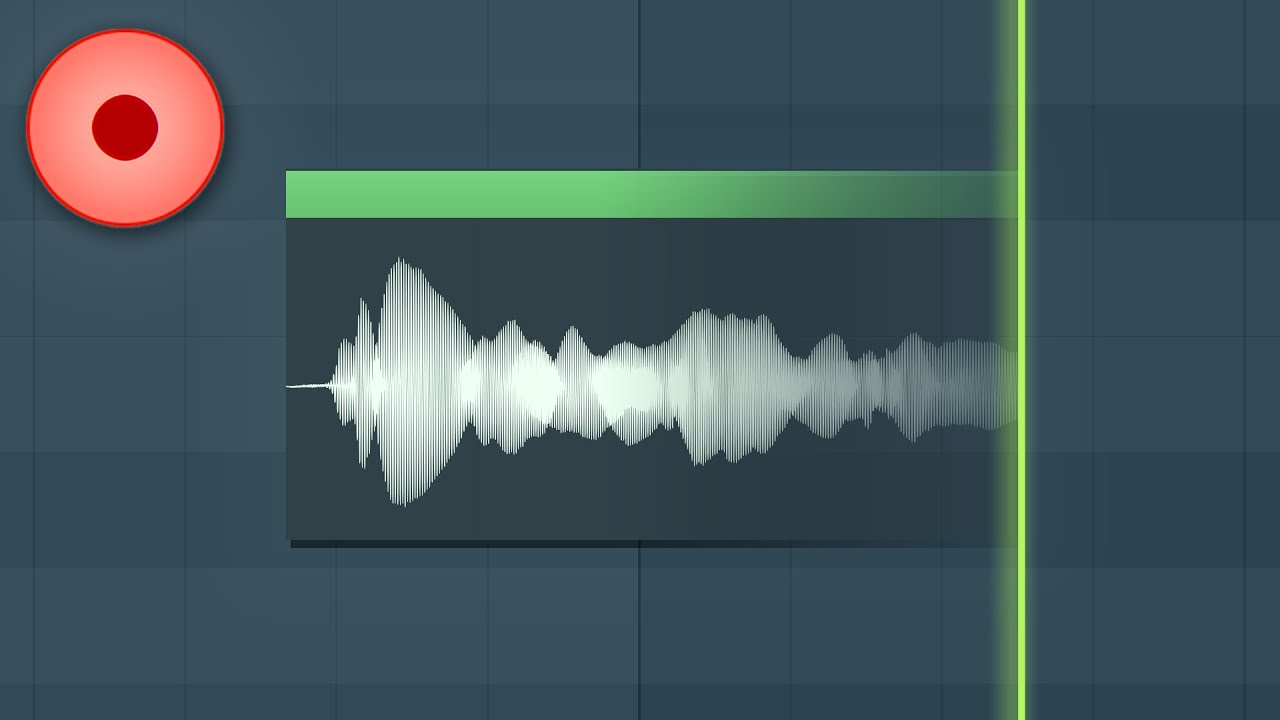!Let Us HELP YOU!
We have a lot of curated content on this blog.
Take this simple 20 second Quiz to Help You
Find The Exact Content You Are Looking For!
MusicTechHelpGuy demonstrates a fast, plugin-free way to Remove Pops and Clicks from Audio inside Logic Pro. This article presents that same clear, practical workflow in step-by-step form so engineers and home producers can follow along, understand what’s happening at the sample level, and get clean vocal and instrument tracks without reaching for additional tools.Just for full transparency this article was created with the help of this amazing video Remove Pops & Clicks in Your Audio – No Plugins Required! (Logic Pro) from the YouTuber Music tech help Guy. Check out other content on their channel.
Table of Contents
- Outline
- Introduction
- Step 1: Recognise digital pops and clicks
- Step 2: Isolate the offending region
- Step 3: Open the Audio File Editor
- Step 4: Zoom into the waveform and locate the click
- Step 5: Redraw the waveform with the Pencil Tool
- Step 6: Playback and confirm the fix
- Step 7: When to use alternative fixes
- Tips for best results when you Remove Pops and Clicks from Audio
- Why this approach is powerful
- Conclusion
- FAQ
- Final notes
Outline
- Step 1: Recognise digital pops and clicks
- Step 2: Isolate the offending region
- Step 3: Open the Audio File Editor
- Step 4: Zoom into the waveform and locate the click
- Step 5: Redraw the waveform with the Pencil Tool
- Step 6: Playback and confirm the fix
- Step 7: When to use alternative fixes
- FAQ
Introduction
Digital recording sometimes yields tiny artifacts that sound like pops or clicks — sudden discontinuities that usually last only a few samples. These are different from plosives, mic thumps, or room noise. MusicTechHelpGuy shows how to Remove Pops and Clicks from Audio using only Logic Pro’s built-in tools. The method is surgical: find the exact sample area, draw a corrected waveform and instantly eliminate the click without any plugins. The procedure is fast, precise and excellent for repairing sample-level conversion errors.
Step 1: Recognise digital pops and clicks
Before attempting any repair, it helps to identify whether the noise is a digital pop/click or a broader problem like a plosive or low-frequency rumble. Digital pops and clicks are:
- Very short in duration — typically just a handful of samples
- Sharp and transient, appearing as an abrupt discontinuity
- Not correlated with low-frequency energy or breathing
- Often audible as a single “tick”, “pop” or “click” in the mix
Example: a vocal take playing back the line “I want to feel your heartbeat” may have a distinct audible pop on one syllable. That pop is exactly the sort of item this workflow targets.
Step 2: Isolate the offending region
Work in sections. Isolation makes editing easier and prevents accidental edits to surrounding material. The quick way in Logic Pro is:
- Use the Marquee Tool and drag around the area where the pop is heard.
- Optionally separate that region (Command-T or use Split) so the area is contained on its own.
- Set a cycle or loop range around that separated region — this keeps focus and speeds up repeated playback checks.
Although separating the clip is not strictly necessary, it helps to keep the workflow tidy. The creator often splits the region first to set a cycle range and avoid accidental edits outside the problem area.
Step 3: Open the Audio File Editor
Once the region is isolated, open it in Logic Pro’s editors. Logic has both a track editor and a file editor. For sample-level fixes, the File Editor is the right place to be:
- Double-click the isolated clip to open the editor (Logic may open the Track Editor by default).
- Switch to the File Editor view — this gives you the waveform at the file-sample level.
The File Editor displays the actual audio samples and lets you perform direct waveform edits. This is where you will make the precise fix that removes the click without altering the musical content around it.
Step 4: Zoom into the waveform and locate the click
Clicks that are caused by sampling or conversion errors are tiny, so you must zoom in until you can see the discontinuity in the waveform. The workflow is:
- Zoom horizontally and vertically to clearly view individual sample transitions.
- Listen while scrubbing or playing back the looped region to identify the exact sample where the click occurs.
- Mark that location visually — look for a sudden spike or a break in the waveform’s continuity.
When zoomed in, the visual artifact that corresponds to the audible pop will often look like an isolated spike or a small flat line where the waveform jumps. Because the problem is only a few samples wide, seeing it requires significant zoom.
Step 5: Redraw the waveform with the Pencil Tool
This is the core of the technique. Rather than using noise reduction or filters, the creator recommends a manual, sample-level correction:
- Select the Pencil Tool in the File Editor.
- Carefully redraw the waveform across the problem area. The goal is to recreate a smooth transition that matches the waveform on either side.
- Work conservatively — redraw only the samples that clearly belong to the click artifact. The rest of the waveform should remain intact.
Why this works: a digital pop or click is a discontinuity in the sample values. By manually reconstructing those few samples to form a natural-looking waveform, the transient disappears. Because the repair affects only a very short span of time, the tonal and timing integrity of the performance remains preserved.
Step 6: Playback and confirm the fix
After drawing the replacement waveform, always verify the result in context:
- Loop playback the isolated region and listen for the pop or click.
- Listen in the track mix as well — sometimes a fix that sounds good in solo can become audible in the full mix.
- If you still hear an artifact, undo and adjust the drawn samples or expand the edit slightly to capture any residual energy.
In many cases, after the redraw, the click disappears instantly. The creator demonstrates that by soloing the vocal, redrawing the waveform across the sample-level spike and returning to the full mix, the pop is gone and the performance remains intact.
WEBSITE RESOURCES FOR MUSICIANS
Step 7: When to use alternative fixes
Manual waveform redrawing is excellent for very short digital errors. However, some problems need other approaches:
- Plosives and low-frequency issues: Use high-pass filters or de-plosive tools to remove low-end thumps rather than redrawing samples.
- Longer or complex glitches: If the artifact spans many samples or alters the tonal content significantly, consider spectral repair tools or plugin-based click removers.
- Repeated or systemic digital errors: If clicks are pervasive across a session, address the root cause (conversion, sample rate mismatches, hardware issues) rather than fixing each occurrence manually.
Manual redrawing is not a substitute for good recording technique, but it is an essential first-line repair for isolated, sample-level digital clicks and pops.
Tips for best results when you Remove Pops and Clicks from Audio
- Work with high zoom levels — seeing the sample-level discontinuity is crucial.
- Keep backups of the original audio or use nondestructive undo — Logic’s editors allow you to revert easily if needed.
- Use short looped playback to audition the repair repeatedly while you adjust the drawn samples.
- When redrawing, match the curve and slope of the surrounding waveform so the transition is invisible to the ear.
- If you’re unsure, redraw smaller segments and check frequently rather than trying one big edit.
Why this approach is powerful
Removing a pop via sample-level redraw has several advantages:
- It’s minimally invasive — only the corrupted samples are changed.
- No need for extra plugins or complex processing chains.
- It preserves the natural dynamics and tonal colour of the original recording.
- It’s quick for isolated problems, making it ideal for final session clean-up.
For many home studio engineers and producers, this technique saves time and keeps sessions light, avoiding the need to load and configure additional tools for a one-off click.
Conclusion
Removing a tiny digital artifact often comes down to precision. The method shown by MusicTechHelpGuy is a surgical, low-overhead way to Remove Pops and Clicks from Audio using only what’s already available in Logic Pro. Identify the click, isolate the area, zoom in, and use the Pencil Tool to redraw the waveform for those few offending samples. In most cases the pop disappears and the track stays musical and intact.
FAQ
Q: What is the difference between a digital click and a plosive?
A digital click is a sample-level discontinuity that typically lasts only a few samples and sounds like a quick tick or pop. A plosive is a vocal burst of low-frequency energy caused by airflow hitting the microphone and usually requires filtering or de-plosive tools, not sample redraws.
Q: Is redrawing the waveform destructive?
Editing a file in the File Editor will alter the underlying audio, but Logic retains undo history. Best practice is to duplicate the track or save a copy of the original file before making manual edits if long-term revertability is important.
Q: When should I use a plugin for click removal instead?
Use dedicated click/pop removal plugins when artifacts are frequent, complex, or span a longer duration. Plugins often provide automated detection and can handle noisy signals more efficiently than manual editing when many clicks are present.
Q: How can I prevent digital pops and clicks in future recordings?
Prevention is a mix of good hardware and setup: ensure correct sample rates across devices, use stable drivers and buffers, avoid CPU overloads during recording, and use high-quality A/D converters. Many clicks come from system hiccups, so monitoring buffer settings and ensuring stable clocking are important.
Q: Does this technique work on instruments as well as vocals?
Yes. Any transient pop or click that is limited in time and visible in the waveform can be repaired with the same approach, whether on guitar, percussion, synths, or other recorded sources.
Final notes
For isolated, sample-level problems, the manual Pencil Tool repair in Logic Pro is short, precise and effective. It’s a valuable skill in the toolkit of any engineer who needs to Remove Pops and Clicks from Audio without resorting to third-party plugins. Practise zooming in, matching waveform slopes, and listening carefully in context — once comfortable, this becomes a go-to fix for the odd, stubborn click that appears in otherwise great takes.



